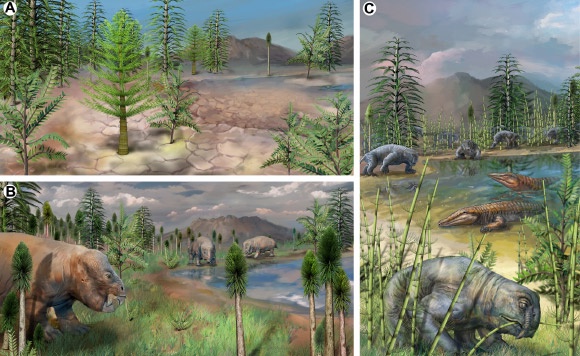Overview
- Researchers identified a region in China's Turpan-Hami Basin that served as a refuge for plants and animals during the end-Permian mass extinction 252 million years ago.
- Fossil evidence shows that riparian fern fields and coniferous forests thrived in the area for 160,000 years before and after the extinction event, supporting continuous evolution and rapid recovery.
- The extinction rate for spore and pollen species in this region was only 21%, far lower than the 80% extinction rate observed in marine species during the same period.
- Stable vegetation and a semi-humid climate with consistent rainfall of about 1,000mm per year supported a quick recovery of complex food webs, including herbivorous Lystrosaurus and carnivorous chroniosuchians.
- This discovery highlights the importance of natural refugia in fostering biodiversity resilience, offering lessons for conservation efforts in the face of modern environmental challenges.

